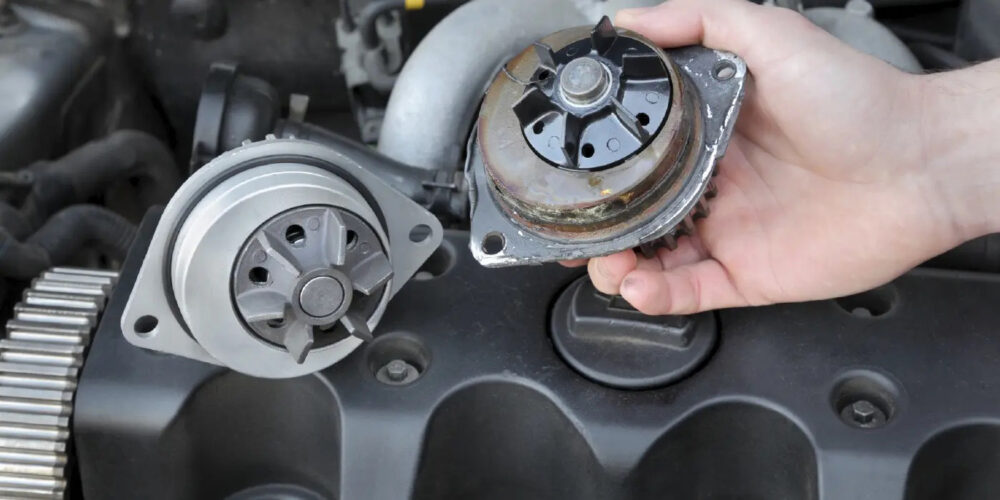
More than just a meme, VTEC is Honda’s version of variable valve timing. VTEC is short for Variable Valve Timing and Lift Electronic Control. (It seems someone missed a few letters creating that acronym, but I suppose it does sound cooler than “VVTALEC.”)
In a “stock” pushrod-style valvetrain, engineers are limited to a single camshaft profile, and its design is usually a compromise between power and economy. The shape of the individual cam lobes (the “bumps” on the “bumpstick,” as it were) dictate both lift (how far the valve opens) and duration (the length of time the valve stays open). The amount of separation or overlap during each cylinder’s exhaust and intake event can also have drastic effects on the airflow, combustion and power of the engine. Customers requesting either an “RV” cam or a “performance” cam are chiefly interested in finding a camshaft with a specific profile to create horsepower at either low RPM or high RPM, respectively. But just like a stock camshaft, the user is still limited to a single profile, and sacrifices idle quality, top-end power or economy somewhere in their power curve.
Some variable valve timing systems offer the user more options across the range of operating conditions by manipulating the valve timing through the use of a cam phaser. A cam phaser only advances or retards valve timing, and is usually achieved through the use of oil pressure. VTEC manipulates valve lift and duration, by locking together three adjacent rocker arms, and allowing them to follow either a pair of low-RPM lobes, or a single high-RPM lobe, depending on the engine speed and oil pressure. To “kick in the VTEC,” the ECM sends a 12V signal to the VTEC solenoid, increasing oil pressure through the rocker shaft, and into the rocker arms. This high-pressure oil actuates a “locking” pin, connecting the three rocker arms until the solenoid is commanded off, and the reduction in oil pressure allows the pin to “unlock” the arms again.
VTEC was first developed at Honda’s motorcycle division, under the name REV. Instead of switching between two cam profiles, REV simply deactivated a single intake or exhaust valve until additional power was required … and then the VTEC would kick in, yo! Manipulating the opening and closing of the intake or exhaust valves can be used to increase or decrease power, or even to provide additional braking power. Cylinder deactivation, in its many forms, is currently in use by many manufacturers to manage fuel economy, and is achieved by “disconnecting” the rocker arms, preventing the opening of all the valves of a particular cylinder. In diesel engines, an engine brake (often referred to as a “Jake brake,” after the Jacobs company that manufactures it), operates by opening the exhaust valves just before top dead center on the compression stroke, robbing the engine of its “power stroke,” retarding the engine, and slowing the vehicle without tapping the brakes. The exhaust note of the “Jake brake” is, however, not quite as annoying as the exhaust sound from many VTEC-equipped “tuner” Hondas!
VTEC has been applied to both DOHC and SOHC cylinder head designs, however, early SOHC VTEC designs only actuated the intake valves. As part of Honda’s continuous improvements to the VTEC family, “intelligent VTEC” (i-VTEC) was introduced to the U.S. in 2002. i-VTEC combines the same cam phaser technology used by other manufacturers to alter valve timing, along with the variable lift and duration of the original VTEC designs. Finally, Honda achieved a sort of holy trinity in 2003 by implementing variable cylinder management (their version of cylinder deactivation) into the mix, creating a V6 engine that could operate on 3, 4 or 6 cylinders, all thanks to VTEC technology.












